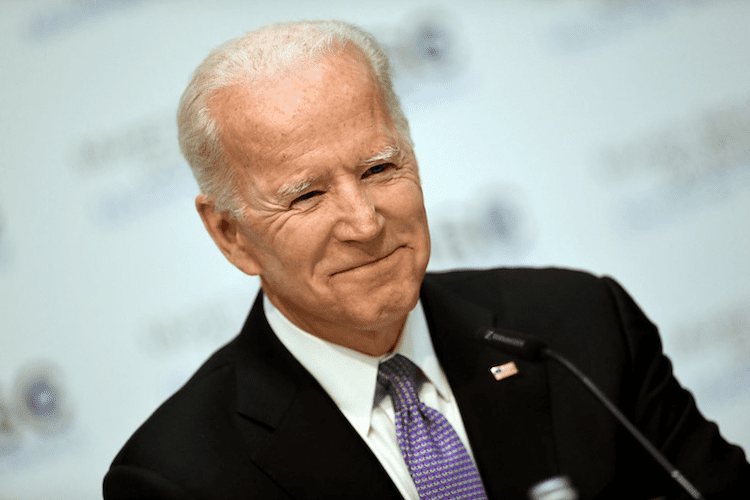Biden Calls for $1.9 Trillion Stimulus Bill As He Takes Office

Although Congress just passed a stimulus bill in December, more aid may be coming soon. President Joe Biden has been a vocal stimulus supporter and has signaled to Congress that he wants a deal on his desk quickly. Biden recently unveiled his own $1.9 trillion stimulus proposal, including bigger checks, unemployment aid, small business support, and vaccine funding.
If passed as proposed, Biden’s “American Rescue Plan” would be one of the largest pieces of legislation in U.S. history. Since Democrats control both chambers of Congress, there’s a chance the massive bill gets passed, too. Here’s what Biden is calling for, and whether or not Congress will agree.
You can read Biden’s entire American Rescue Plan here.
The American Rescue Plan
Biden has been banging the drum on $2,000 relief payments for months, and should finally get his way. After the $600 payment around the new year, Biden plans to follow up with an additional $1,400, bringing the second round of stimulus to $2,000 per person. More Americans will qualify this time around too. For instance, some children over 17 will now be eligible for full payments, as will families with mixed immigration statuses. Like we saw with the rollout of $600 checks, once the money is approved it should come quickly.
The plan also calls for extended unemployment benefits, including a $400 weekly supplement. The CARES Act added a $600 boost to unemployment, which was reduced to $300 and extended for 11 weeks in December. Biden’s plan would provide a wide safety net for the unemployed, although not as robust as what was provided in March.
To combat a potentially looming eviction crisis, Biden’s plan also calls for $25 billion in rental assistance to low- and moderate-income families after an identical provision was passed in December’s bill. In addition, Biden would extend the eviction moratorium through September 30th – it currently expires on February 1st.
Additional Aid
Beyond the key measures for individuals, Biden plans to use the resources of the federal government to help schools, businesses, and state and local governments stay afloat.
Biden intends to disburse $130 billion to help K-12 schools stay open safely. Schools can use the money however they see fit, as long as the money is supporting students creating a safe environment. The plan will also expand the Higher Education Emergency Relief Fund by $35 billion, creating grant and loan opportunities for millions of students.
Another $350 billion to state and local governments. Biden not only wants them to keep employees paid but also needs well-functioning local governments to ensure a smooth vaccine rollout. And on that point, the proposal also includes $20 billion toward launching a national vaccination program.
“The Biden Administration will take action to ensure all people in the United States–regardless of their immigration status–can access the vaccine free-of-charge and without cost-sharing,” according to the proposal.
Miscellaneous Aid
In addition to direct aid to individuals and cash aid to institutions, there’s still a lot in this $1.9 trillion pitch. For instance, Biden included a proposal to raise the minimum wage to $15. While this could serve to help low-income families, it’s an extremely politically charged issue. A minimum wage boost could also cost jobs, and it’s unlikely something so controversial will end up in the final draft of Biden’s stimulus bill.
One last major boost is additional protections for workers. Biden has asked Congress to expand requirements for emergency paid leave, potentially extending a paid leave option to more than 100 million families. He also called for the enactment of more robust sick, family, and medical leave programs.
The proposal also includes a plan to tackle the hunger crisis, as more than 10 percent of households suffer from food insecurity. Biden wants to extend the existing 15 percent SNAP increase, and invest additional funds toward feeding women and children.
Notably, Biden’s proposal doesn’t include any relief for student borrowers. Biden has toyed with the idea of debt forgiveness, but he may choose to tackle that outside of this stimulus bill.
The Bottom Line
President Joe Biden seems to be entering the White House full steam ahead. He has a clear agenda, and hopefully, his relief plan can help bring the pandemic closer to an end. Nothing Biden has proposed is set in stone yet, so time will tell what actually happens. But this proposal will likely form the foundation of the stimulus bill Congress passes early in his presidency.










